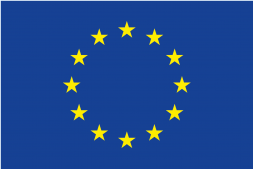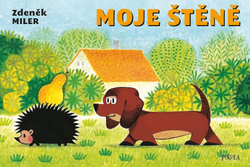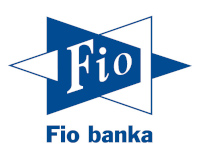Goods in action
Need help choosing,
advice on transport or payment?
Use the chat or contact form.
We will be happy to help you.
We deliver throughout the European Union.


| List Number: | 01889 |
| EAN: | 9771213819123 |
| Warranty: | |
| Manufacturer: | GeoBohemia |
| Price excluding VAT: | 1,83 € |
Spa with thermal springs, great metropolis on the Danube, wine, spicy food seasoned with paprika, Lake Balaton and incomprehensible speech. This is probably the basic idea of the Czechs about Hungary, a neighboring state until twenty years ago, with which we are connected not only by the common Central European space, but also by history, in which points of contact appear from the very beginning of the Hungarian state.
The history of Hungary has been unfolding since the 10th century, when a new state was created on part of the territory of the disintegrated Great Moravian Empire, created by seven nomadic tribes of Hungarians named after the strongest of them, which was called Megyeri and headed by the legendary Arpád. Their arrival in the Carpathian Basin from the area north of the Black Sea, where they had moved from the Urals, was the last major ethnic change in Europe. The Hungarian Academy of Sciences dated it to 888-900, the exact date was determined by the politicians when the grand millennium celebrations of this event were set for 1896.
Another important milestone in the history of Hungary was the year 996, when Prince Gejza called Benedictine monks to found a monastery in Pannonhalma. Its first abbot was Břevnov abbot Anastasius (Astrik), later archbishop of the Esztergom archdiocese. In the year 1000, Anastasius is said to have brought from Rome from Pope Sylvester II. crown for the first Hungarian king Stephen, who was Gejz's son...

















